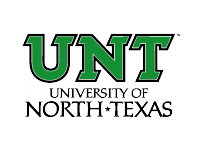Below is a summary of the abstract you submitted. Presenting author(s) is shown in bold.
If any changes need to be made, you can modify the abstract or change the authors.
You can also download a .docx version of this abstract.
If there are any problems, please email Dan at dar78@pitt.edu and he'll take care of them!
This abstract was last modified on March 13, 2022 at 12:32 a.m..

Students in the SEA-PHAGES program worked with the genome of the Streptomyces griseus bacteriophage GreenWeasel at the University of North Texas. GreenWeasel had been isolated and DNA extraction performed at the University of North Texas in the fall of 2021. The genome was then sequenced at the University of Pittsburgh in December 2021. During the 2022 spring semester, GreenWeasel was annotated by a group of 6 students. The software that was used to annotate the genes in GreenWeasel included PECAAN, BLASTp, HHPred, NCBIBlast, and the PHAGES database. The bacteriophage that was the most similar to the GreenWeasel genome was the Streptomyces bacteriophage phiHau3 genome which is also classified in the BD4 cluster. The average length for the BD4 cluster is 50,559 base pairs, the average number of included genes is 72, and the average %GC content is 67.8%. The length of GreenWeasel is 50,778 base pairs with 79 included genes. The %GC content is 67.8%, and there is no evidence found for tRNA with the current software used.



